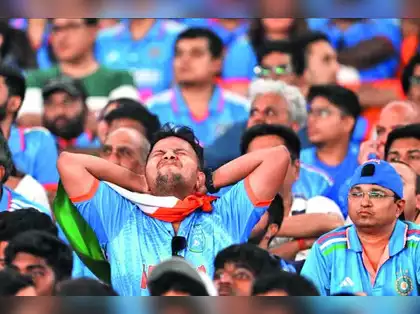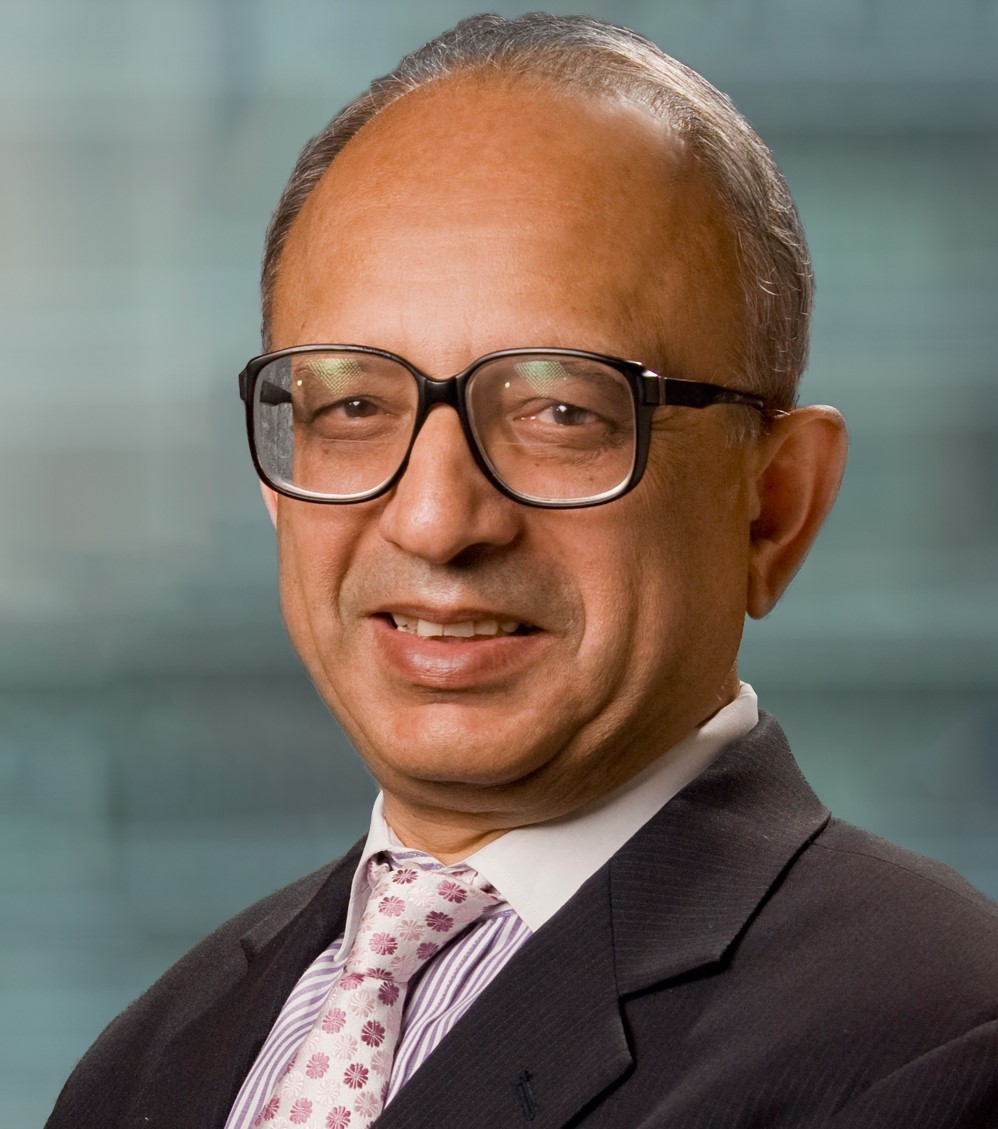This column recently highlighted India’s economic puzzle. GDP growth soared for three consecutive years after the Covid disaster, culminating in an astonishing 8.2% in 2023-24. GDP growth was 7.2% in Q1 of this year too.
Yet, consumption was weak, exemplified by Nestle’s slowest quarterly growth for years of 1.6%, implying a fall in real terms. Corporate results in the second quarter were the worst since 2020. Loan defaults had risen sharply in small finance banks and MFIs, revealing distress at the bottom of the pyramid. Slow consumption and rising distress seemed incompatible with high GDP growth. Something had to give.
And it did. GDP growth in the July-September quarter crashed to 5.4%, the lowest since Covid. Analysts who had earlier projected high annual growth are scrambling to slash their forecasts. New projections average something like 6.5%.
This, incidentally, happens to be the average GDP growth for the last 25 years. Growth was higher in most of these 25 years. But the average was dragged down by the Great Recession, the Covid year, and an inexplicable fall in growth in 2019-20. At the last India Policy Forum, Berkeley economist Barry Eichengreen said he expected India to continue on a 6.5% path. Perhaps that’s India’s future.
GoI has higher ambitions. It aims to make India a high-income country by 2047, implying GDP growth averaging 8%. With appropriate reforms, that may be achievable. But India’s political roadblocks make this impossible.
The crash in growth to 5.4% in the latest quarter shows deep structural problems remain. Pessimists ask whether India will repeat the plunge in growth in 2019-20. That year started with expectations of 6-7% growth. Even when the first two quarters showed deceleration, many analysts forecast a revival in H2 of the year. Instead, slow growth continued, ending in just 4% growth.
Economists have struggled to explain this: most explanations seem insufficient. Perhaps the simplest answer is that India’s many frailties all came together that year, exacerbated by slowing global growth and the arrival of Covid in the last month of the fiscal year.
Pessimists like former CEA Shankar Acharya have long predicted that India’s norm would probably be 5.5% growth. Former IMF economist Ashoka Mody predicted even slower growth. But India’s economic recovery after Covid has been very strong. Indeed, what we call a ‘crash’ of GDP to 5.4% in the most recent quarter is what Acharya believed would be the norm.
What has gone wrong? Manufacturing has been weak. Agriculture, in Q2, had not recovered from the effects of El Nino the previous year. However, a good monsoon this year means strong agricultural growth in the next two quarters. One puzzle: consumption was estimated to be up 6%, even though corporate results suggested otherwise.
Government capex was subdued in the first two quarters because of slow decision-making in the run-up to the May election, and subsequent ministerial changes. Capex should surge in the next two quarters. Most analysts, including myself, think annual GDP growth will be 6.5% or a bit more.
For a lower middle-income economy, 6.5% growth is commendable, especially since a new Cold War has fractured trade and investment. But China has shown that a lower middle-income country can grow at over 10% for several years. Why does India seem incapable of even a sustained 8%? The answer lies in politics.
Lobby love
To win elections, governments pamper powerful lobbies – farmers, trade unions, teachers, judges – and shower freebies on farmers, large industries, SMEs, various castes, religious groups, women, children and pensioners. The late Tamil Nadu CM Jayalalithaa boasted of 47 freebies and subsidies.
Competition in quotas and freebies is integral to politics in democracies. Without any formal agreement, political parties have managed to limit subsidies to levels that are just about fiscally affordable. But this eats into funds that could accelerate investment and, hence, GDP growth. Even very limited farm reforms evoked a farmer agitation of over one year, ending in GoI surrender. No government will try again for years.
Pampered workers
BJP runs the biggest trade union in India, Bharatiya Mazdoor Sangh (BMS), and Congress runs All India Trade Union Congress (AITUC), which used to be the biggest. So, both are labour parties, which cannot be expected to reform either labour laws or related fields.
Education woes
Schools are in terrible shape because of high teacher absenteeism. But no government dares crack down on absentee teachers who are embedded in political activity. Also, teachers man election booths in rural areas. So, parties do not risk antagonising them.
Legal knots
The judicial system is grossly inadequate. Over 50 mn cases are pending, of which 4.5 mn remain unresolved for over a decade. No political party has attempted to discipline judges for this. Not only is justice denied but commercial transactions, which depend on the rule of law, get postponed repeatedly. This deters investment and economic growth.
India has the talent to grow at 8%. But political roadblocks thwart this. The equilibrium between economic potential and political roadblocks appears to be 6.5% growth. Optimists want more. But 6.5% growth is a very decent rate by international standards. Do not moan too much.
This article was originally published by The Times of India on Dec 03 2024.


